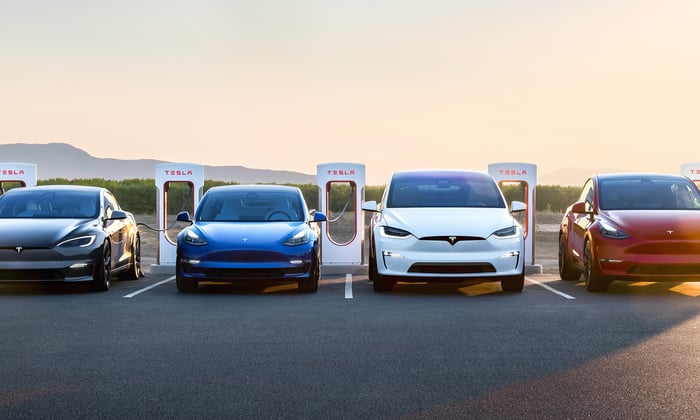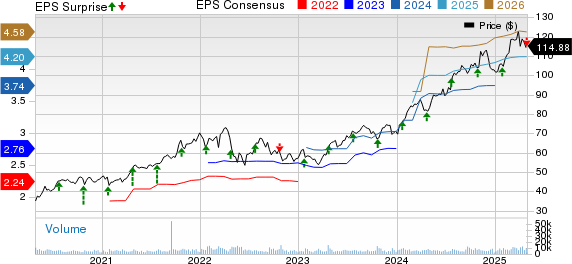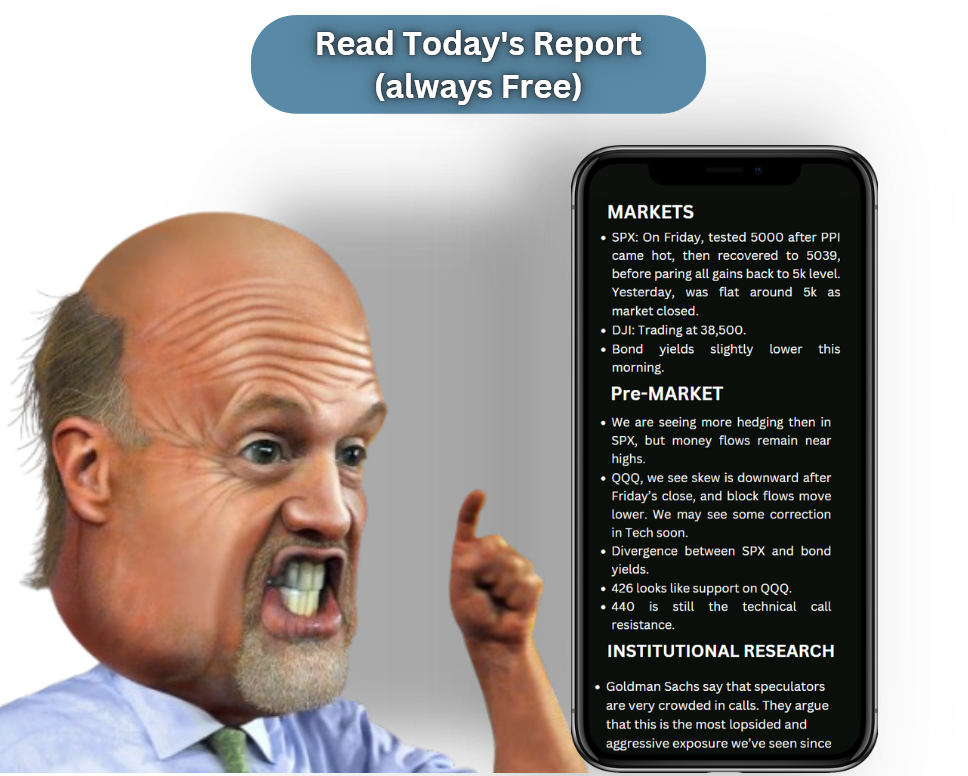Market Turbulence for Tesla and the Magnificent Seven in 2025
As of market close on April 24, 2025, technology stocks, specifically the so-called “Magnificent Seven,” have faced a challenging start to the year. Notably, every member has reported a negative return thus far.
Leading these declines is electric vehicle (EV) manufacturer Tesla (NASDAQ: TSLA), with its shares plummeting by an alarming 36% year-to-date.
Investors are increasingly worried about the potential damage to Tesla’s brand. Understanding these concerns is essential as we assess their significance.
Current Brand Concerns Around Tesla
Brand equity stands as one of a company’s most valuable assets. Few businesses achieve worldwide recognition like Apple, Coca-Cola, McDonald’s, and Nike. In the automobile sector, while Tesla may not be at the forefront of brand recognition overall, it leads the EV market.
Gaining global scale and brand recognition typically demands substantial investment in sales and marketing. Tesla, while it allocates some resources to advertising, benefits from the unique presence of its CEO, Elon Musk.
Musk acts as Tesla’s primary marketing force, leveraging social media to reach a vast audience quickly. However, his influence presents both advantages and disadvantages.
During the 2024 presidential campaign, Musk became a significant financial backer of GOP nominee Donald Trump. After Trump’s victory on November 5, 2024, Musk was appointed to head the Department of Government Efficiency (DOGE), which aims to tackle federal budgetary waste.
While many may not see this goal as problematic, Musk has turned DOGE into a publicity platform, routinely posting updates on canceled contracts, prompting backlash from political activists and resulting in protests at Tesla dealerships. Musk acknowledged this tension in a recent earnings call, stating, “The natural blowback from that is those who were receiving the wasteful dollars will try to attack me and the DOGE team and anything associated with me.”
These political ties have led some investors to worry that consumers might opt for alternative EVs to avoid being associated with Musk’s polarizing persona, raising doubts about Tesla’s growth prospects.

Image Source: Tesla
Potential Resilience of Tesla’s Brand
With Trump guaranteed another three and a half years in office, some investors worry that Tesla’s prime may be behind it, fearing a slow recovery. Fortunately, during the first-quarter earnings call, management provided insights that tempers this pessimism.
An executive mentioned that “a record number of test drives globally in Q1” indicated sustained consumer interest. Musk added, “As far as absent macro issues, we don’t see any reduction in demand.”
These affirmations about sustained interest offer a glimmer of hope.
Considering Tesla Stock: Is Now the Time to Buy?
During the call, Musk hinted at reducing his involvement with DOGE, which could benefit the company in the short term. However, the need for such a shift may be unnecessary, particularly in light of management’s assertion that demand remains strong.
With the robust interest in EVs and Tesla’s expanding portfolio of AI-driven products and services, the stock still represents a compelling opportunity for investors who can navigate some short-term volatility.
Potentially Lucrative Investment Opportunities
If you ever felt you missed out on investing in thriving stocks, now may be a pivotal moment.
- Nvidia: An investment of $1,000 when we doubled down in 2009 would now be worth $287,877!*
- Apple: A $1,000 investment made when we doubled down in 2008 would be valued at $39,678!*
- Netflix: If you invested $1,000 when we doubled down in 2004, you would now have $594,046!*
At present, we are issuing “Double Down” alerts for three outstanding companies, a rare opportunity that should not be overlooked.
*Stock Advisor returns as of April 28, 2025
Adam Spatacco has positions in Apple and Tesla. The Motley Fool has positions in and recommends Apple, Nike, and Tesla. The Motley Fool has a disclosure policy.
The views and opinions expressed herein are those of the author and do not necessarily reflect those of Nasdaq, Inc.


